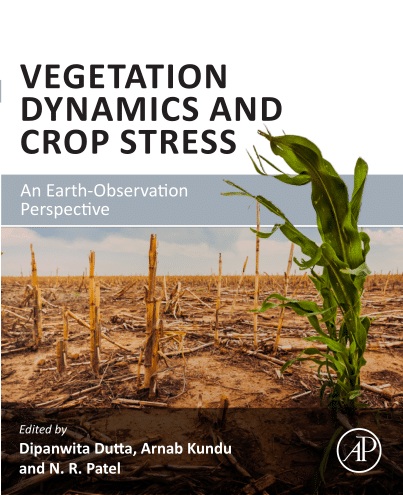Fire, grazing, browsing and tree cutting are major anthropogenic determinants of vegetation patterns in African savannas. In Burkina Faso forest management policies prohibit grazing while recommending annual early fire and selective tree cutting of 50% of the merchantable standing volume on a 20-year rotation period. These management prescriptions are not based on long-term experimental evidence, particularly the responses of saplings to these management regimes are not well known. A factorial experiment with two levels was designed to examine the effects of moderate level of grazing, early fire and selective tree cutting on the dynamics of sapling populations on two sites, Laba and Tiogo, in the savanna woodland of Burkina Faso and assessed for 10 years from 1992 to 2002. Species richness, sapling population density, structure and growth were analysed. The results provide evidence that fire, grazing and selective cutting acted independently to influence the population dynamics of saplings. Annual early fire significantly reduced species richness (p = 0.037 in Laba and p = 0.016 in Tiogo), population density (p < 0.001 in Laba and p = 0.003 in Tiogo) and current annual increment (CAI) in basal area (p < 0.001 in Laba and p = 0.016 in Tiogo). Grazing and fire affected sapling morphology but the response was site specific. Selective removal of trees did not affect any of the parameters studied, except the CAI in dominant height at the Tiogo site which was significantly (p = 0.028) reduced by the cutting treatment. Early fire also significantly reduced the CAI in dominant height at Laba. The height class distribution revealed that more than 93% of the saplings recorded were less than 400 cm tall, and fire significantly reduced the rate of change in density of saplings in the 200-400 cm height class. It can be concluded that annual early fire was the factor that most affected sapling recruitment. The sapling response to these management regimes was species specific.
DOI:
https://doi.org/10.1016/j.foreco.2007.02.013
Altmetric score:
Dimensions Citation Count:

Publication year
2016
Authors
Zida, D.; Sawadogo, L.; Tigabu, M.; Tiveau, D.; Oden, P.C.
Language
English
Keywords
fire, forest fires, dry forests, woodlands, savannas, forest management, grazing, growth, merchantable volume, population dynamics, recruitment, selective felling, species richness, stand structure, cutting, regeneration
Geographic
Burkina Faso























